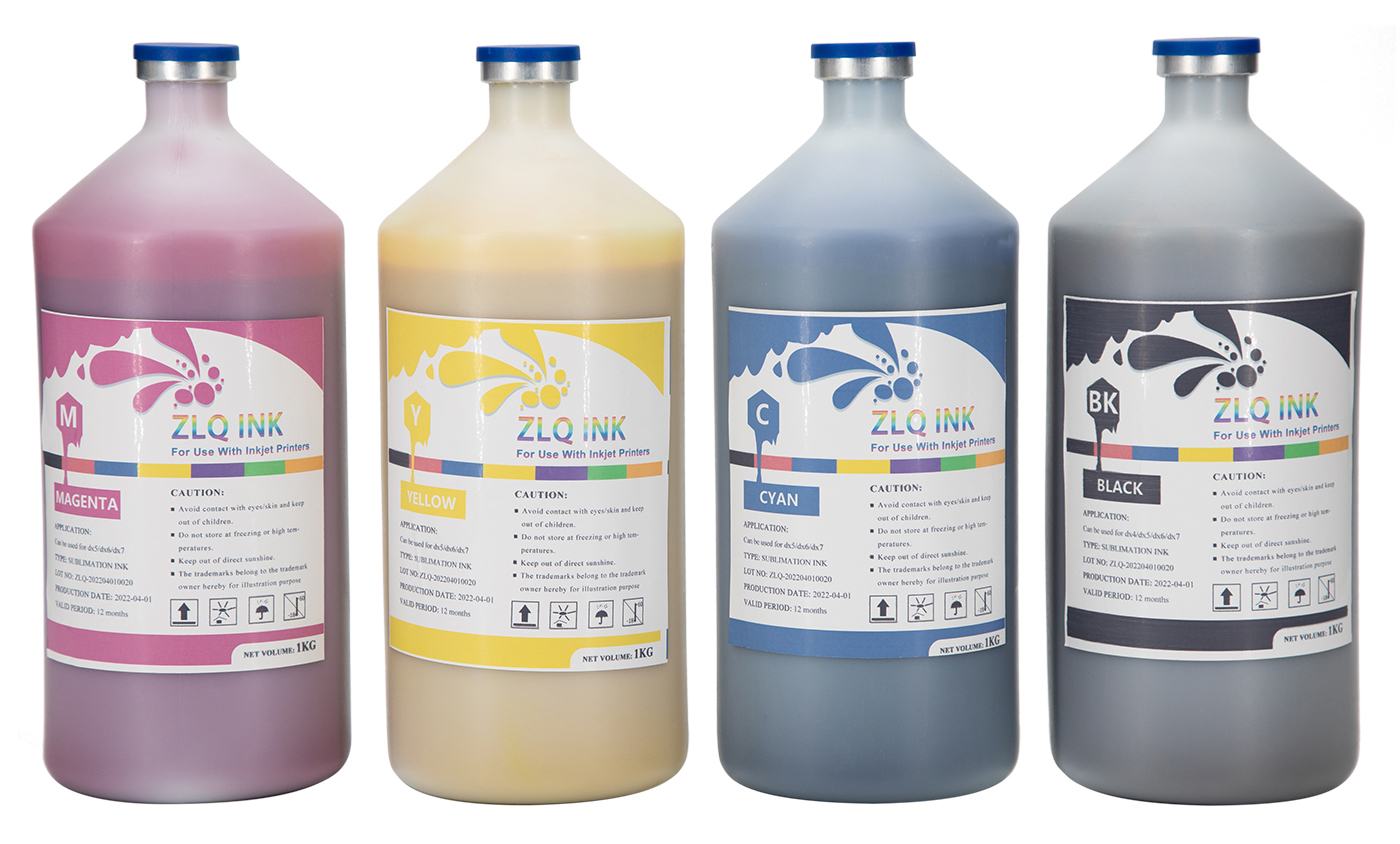
When using digital ink, you can protect the nozzle from the following aspects:
1. Ink selection and use:
• Choose high-quality ink: Use officially recommended, well-reputed, and compatible ink produced by large manufacturers, and avoid using inferior or expired ink. High-quality ink is more guaranteed in terms of pigment granularity, fluidity, and corrosiveness, which can reduce damage to the nozzle and reduce the risk of clogging.
• Avoid frequent changes in ink brands: The composition and characteristics of inks of different brands and models may be different. Frequent changes can easily lead to chemical reactions between inks, resulting in precipitation or clogging of the nozzle. If replacement is necessary, thoroughly clean the nozzle before injecting new ink.
• Correctly store ink: Store according to the storage requirements of the ink, generally avoid direct sunlight and place in a cool and ventilated place. For some special inks, such as UV ink, also pay attention to avoid light exposure to cause ink curing; in low temperature environments, shake it frequently to prevent precipitation.
2. Operation specifications:
• Equipment startup and shutdown: Before turning on the device, make sure the nozzle is in good condition and not blocked or damaged. After the device is turned off, the nozzle should be returned to the protective cover or moisturized to prevent the ink from drying and clogging the nozzle.
• Precautions during printing:
• Prevent nozzle collision: During operation, avoid touching the nozzle when moving the device or other objects, because the nozzle is a precision component, and a slight collision may cause damage to the nozzle or affect the printing quality.
• Keep the distance between the nozzle and the printed material: When printing, make sure that the nozzle is kept at a sufficient distance from the printed object to prevent the nozzle from rubbing against the coating, color fixer and other colloid substances on the printed material to avoid clogging the nozzle hole.
• Regular ink pressing: If the device supports the ink pressing function, it is recommended to perform ink pressing operations regularly, such as pressing ink every 1 to 2 hours, which helps to maintain the fluidity of the ink and prevent the ink from settling in the nozzle.
3. Daily maintenance and cleaning:
• Regularly clean the nozzle: Clean the nozzle regularly according to the frequency of use and printing volume of the device. You can use the device's own cleaning function or a dedicated cleaning fluid for cleaning, but pay attention to the cleaning method and frequency to avoid excessive cleaning that may damage the nozzle.
• Clean the inside of the device: Regularly clean the dust and impurities inside the printer to prevent them from entering the ink system and affecting the normal operation of the nozzle. You can use a soft cloth or cotton swab to wipe gently, but be careful not to touch the nozzle.
4. Environmental control:
• Temperature control: Keep the temperature of the working environment of the equipment within a suitable range, generally 20℃-28℃. If the temperature is too high, the ink will easily evaporate and dry, accelerating the clogging of the nozzle; if the temperature is too low, the viscosity of the ink will increase, affecting the printing quality and the service life of the nozzle.
• Humidity control: It is best to keep the ambient humidity above 40%. An overly dry environment can easily cause the nozzle to dry up, while too high humidity may affect the electrical performance of the device.
• Light and ventilation control: Avoid placing the device in direct sunlight or strong light, because the light may solidify the ink and clog the nozzle. At the same time, control the ventilation of the working environment to avoid the nozzle drying up due to too fast air flow.